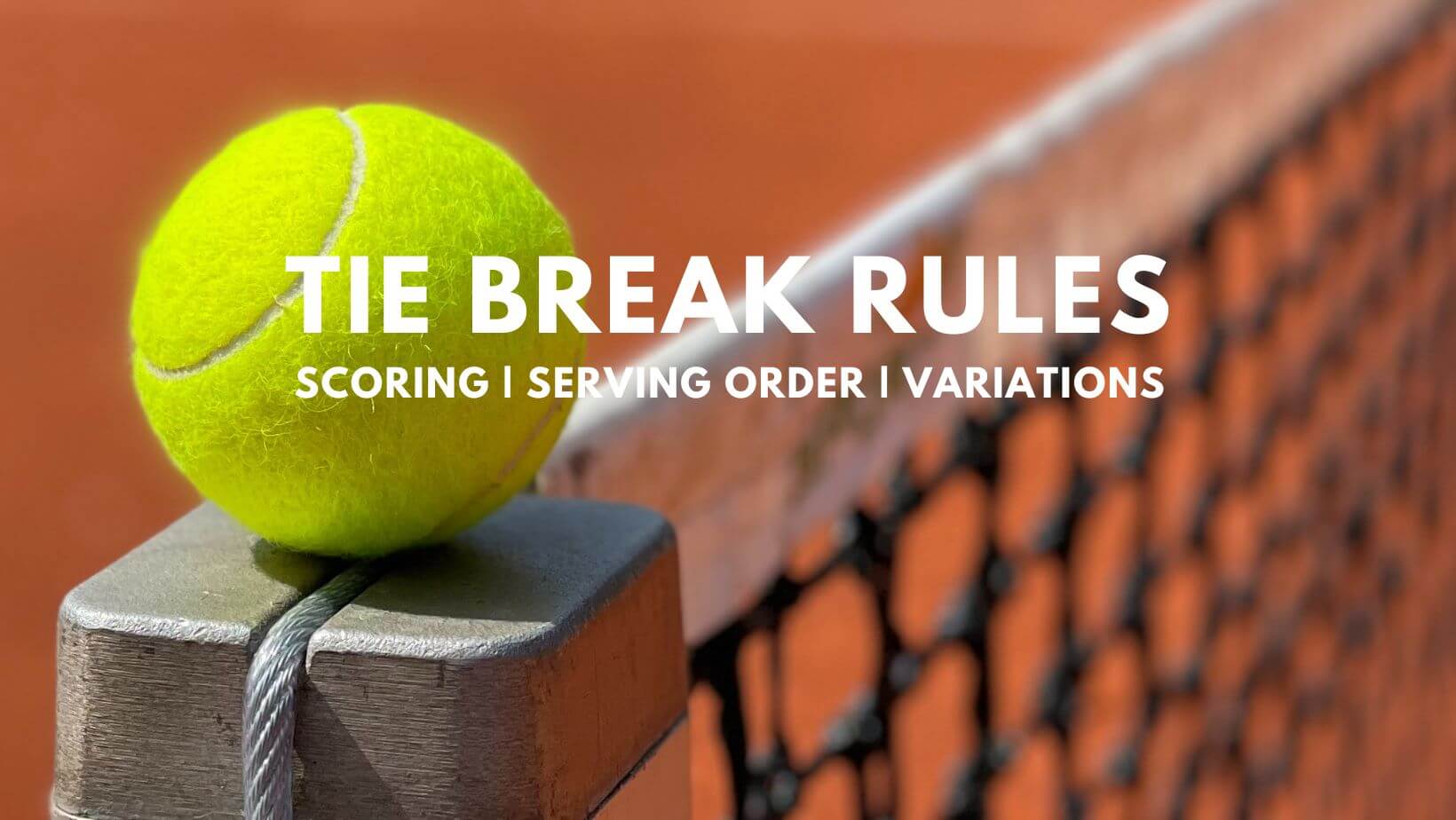Overview of Tennis Tiebreak Rules

Tennis tiebreak rules – In tennis, a tiebreak is a method of deciding a set that has reached a 6-6 tie. The purpose of a tiebreak is to break the tie and determine a winner for the set. Tiebreaks are significant because they provide a fair and consistent way to resolve close sets and prevent matches from becoming excessively long.
In a tennis tiebreak, the first player to reach seven points with a two-point lead wins the set. This rule is designed to prevent matches from dragging on indefinitely. In recent years, Carlos Alcaraz has emerged as one of the most promising young players on the ATP Tour.
The Spaniard has already won two Grand Slams, and he is poised to add to his tally in the years to come. The tiebreak rule can play a significant role in determining the outcome of a close match, and it will be interesting to see how Alcaraz performs in these high-pressure situations as his career progresses.
A tiebreak is played as follows:
- The players alternate serving two points each, starting with the player who served first in the set.
- The first player to reach seven points with a margin of at least two points wins the tiebreak.
- If the score reaches 6-6, the players continue to alternate serving one point each until one player wins by two points.
The scoring system in a tiebreak is different from the regular scoring system in tennis. Points are scored as follows:
- 0 points: Love
- 1 point: 15
- 2 points: 30
- 3 points: 40
- 4 points: Game
The winner of the tiebreak wins the set and serves first in the next set.
In tennis, a tiebreak is a scoring system used to determine the winner of a set when the score reaches 6-6. It involves a series of points played consecutively until one player wins by two clear points. Mayar Sherif , an Egyptian tennis player, is known for her impressive tiebreak record, often emerging victorious in crucial tiebreak situations during her matches.
Her ability to maintain composure and execute strategic shots under pressure in tiebreaks has contributed to her success on the court.
Variations and Modifications: Tennis Tiebreak Rules

The standard tiebreak format, as described earlier, is widely used in professional tennis tournaments. However, variations and modifications of the tiebreak rules have been introduced in different competitions and tournaments to enhance gameplay and address specific needs.
These variations primarily focus on altering the scoring system, the number of points played, or the conditions for winning a tiebreak. Understanding the rationale behind these modifications and their impact on gameplay is crucial for players and spectators alike.
First-to-Five Tiebreak
In this variation, players compete in a tiebreak until one player reaches five points. This shorter format is often used in junior tournaments or as a way to speed up matches in certain competitions.
The first-to-five tiebreak places greater emphasis on aggressive play and quick decision-making. It reduces the likelihood of long, drawn-out tiebreaks and encourages players to take more risks.
Sudden Death Tiebreak
The sudden death tiebreak is a high-stakes variation where the first player to win two consecutive points wins the tiebreak. This format creates an intense and unpredictable atmosphere, as a single mistake can lead to defeat.
Sudden death tiebreaks are often used in fast-paced tournaments or as a way to break deadlocks in close matches. They demand exceptional concentration and mental toughness from players.
No-Ad Scoring Tiebreak
In this variation, the traditional advantage scoring system is replaced with a no-ad scoring system during tiebreaks. This means that players alternate serving every point, regardless of the score.
The no-ad scoring tiebreak eliminates the advantage and deuce situations, making the format more straightforward and reducing the potential for extended rallies. It also encourages players to be more aggressive on their serves.
Strategies and Tactics
In the pressure-packed arena of a tennis tiebreak, strategic acumen and tactical finesse can make all the difference between victory and defeat. Players must navigate the unique challenges of the tiebreak format, where every point counts and the margin for error is razor-thin.
One crucial strategic consideration is the importance of serving effectively. The server has a significant advantage in tiebreaks, as they dictate the pace and placement of the ball. Players should focus on hitting deep, angled serves to force their opponents into awkward positions and limit their options.
Mental Toughness and Emotional Control, Tennis tiebreak rules
In the high-stakes environment of a tiebreak, mental toughness and emotional control play a pivotal role. Players must maintain their composure under pressure, avoid costly errors, and execute their shots with precision. Staying focused on the present point and not dwelling on past mistakes is essential.
Tips and Techniques for Effective Tiebreak Play
To maximize their chances of success in tiebreaks, players should employ a range of effective techniques:
- Vary your shots: Avoid falling into predictable patterns and mix up your shots to keep your opponent guessing. Use a combination of deep groundstrokes, angled shots, and volleys to create openings.
- Control the center of the court: By positioning themselves near the center of the court, players can cover more ground and respond effectively to their opponent’s shots.
- Take calculated risks: While caution is important, tiebreaks often call for bold shot-making. Players should not be afraid to go for winners when presented with the opportunity.
- Serve and volley: For players with strong net skills, serve and volley can be an effective tactic in tiebreaks. By rushing to the net after serving, they can put pressure on their opponent and force them into errors.
- Stay positive: Maintaining a positive attitude and belief in one’s abilities is crucial. Players should not let negative thoughts creep in and should focus on staying calm and executing their game plan.